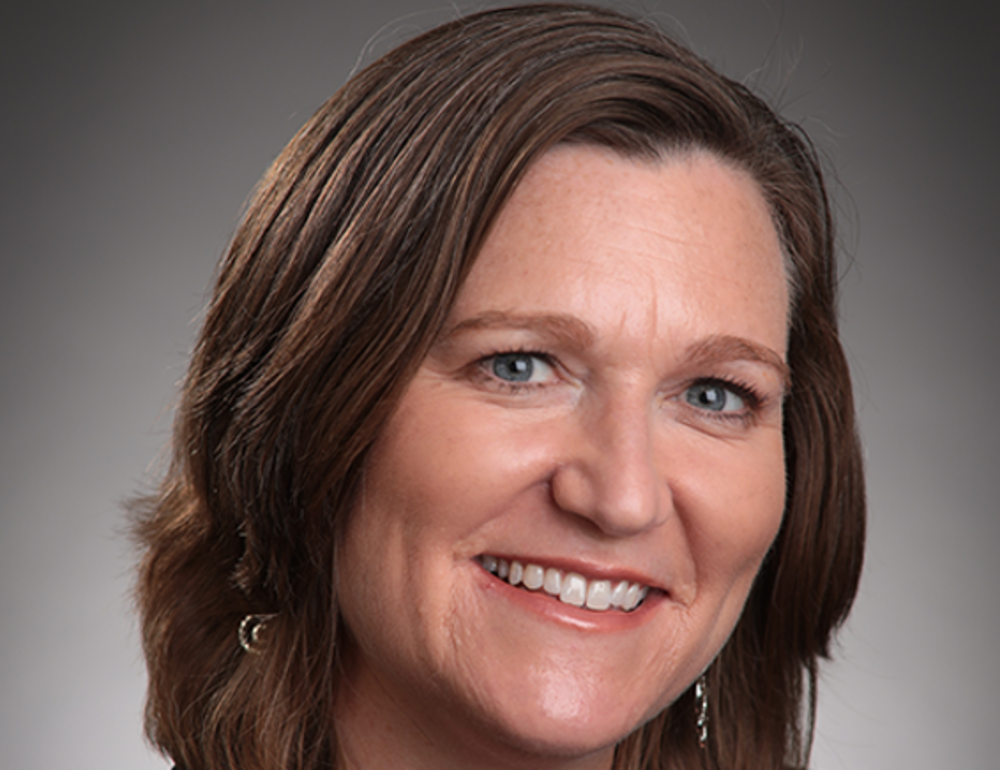Telehealth Market Has Expanded Exponentially in Response to COVID-19, Say Connected Health Panelists
September 3, 2020 — COVID-19 has disrupted the entire healthcare ecosystem and marketplace, and consumers and providers alike are changing their attitudes towards telehealth in response. According to panelists on two Tuesday webinars, which were both part of the week-long Connected Health Summit spo
Jericho Casper

September 3, 2020 — COVID-19 has disrupted the entire healthcare ecosystem and marketplace, and consumers and providers alike are changing their attitudes towards telehealth in response.
According to panelists on two Tuesday webinars, which were both part of the week-long Connected Health Summit sponsored by Parks Associates, the crisis has exposed just how much work remains to be done to integrate digital health into the fabric of healthcare access and delivery.
“The digital and connectivity foundations laid over the last decade have been put to the test,” said Tori Ames, manager of the center for telehealth at Cincinnati Children’s Hospital, detailing the stress that many healthcare providers were put under at the beginning of the pandemic.
“Many of us had to work around the clock to meet patient’s needs,” said Ames, saying the pediatric hospital’s telehealth team remained the same size, as telehealth visits jumped from 5,000 to 30,000 sessions per month.
The pandemic rendered telehealth a necessity, which brought about the rapid development of software and technology. Ames’ team implemented over 60 new telehealth programs and onboarded over 1,000 telehealth accounts for providers, in just a few short weeks.
Prior to the pandemic, licensure limitations and reimbursement barriers restricted the growth of the telehealth market. As insurance companies have removed barriers to telehealth services, the market has grown exponentially.
“Tools have expanded and digital platforms have improved,” said Ames, noting this includes developments in symptom checkers, remote patient monitoring, solutions for seniors, and online fitness and wellness platforms.
As the market expands, Ames said that individuals can expect telehealth to trend towards consumerism and advanced interoperability.
Today, 35 percent of households own at least one telehealth device or product and between Q1 2019 and Q1 2020, intention to purchase a smart watch rose from 13 to 20 percent of U.S. households with broadband access.
A slew of symptom checkers have risen to compete in the marketplace, including Tyto Care, founded by Dedi Gilad, which enables remote physical exams, checking for COVID-19 symptoms, anytime and anywhere.
There have also been notable developments in digital health monitoring products. For example, Greg Lillegard, chief operating officer of A&D Medical, created a blood pressure monitoring device, which detects abnormal heart rhythms.
When asked how to improve telehealth technology moving forward, Ames answered that “it is crucial to assess the workflow, processes, and technology that were implemented during the rapid scaling period.”
Ames noted that questions remain about how massive amounts of potentially useful data, generated by telehealth, can be better implemented.









Member discussion